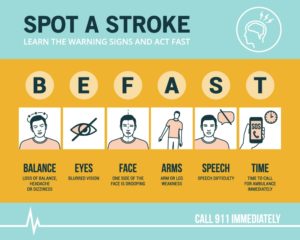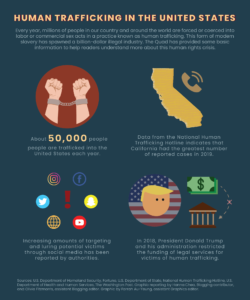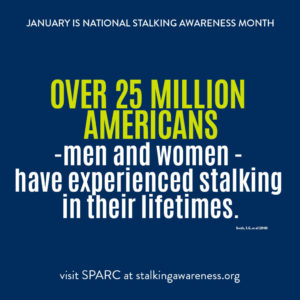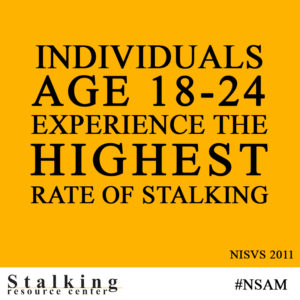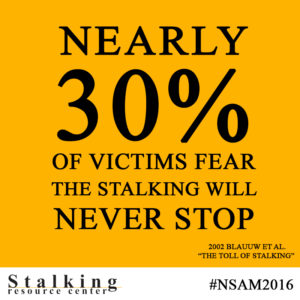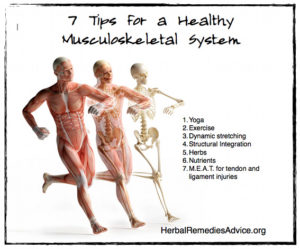
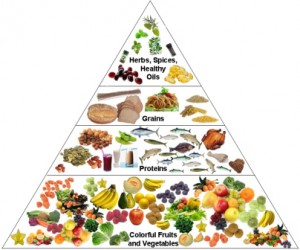
To understand how this system and health relate you need to understand how it works in the body. What is the muscular system? It is a body system composed of a network of tissues (cartilages, ligaments, tendons, fascias, joints, etc…) that allows the human body to control movement inside and outside of it. As simple as walking to exercise to activities we do from within the body to survive (Ex. heart beating, lungs breathing, veins returning blood to the heart from the legs=activities we don’t focus or concentrate on when awake or asleep.). Our muscles are divided into groups:
1-Skeletal Muscle: Found in the skeletal system and provides controlled movement. It maintains body movement from our head to our toes=jaw movement, poster, producing heat in the body to simply speaking while you’re standing and so much more. You get the idea that this system plays a vital role in many functions we carry out daily but a lot of times we take this for granted since we use the skeletal muscle for our daily routine functioning that is both voluntary and involuntary.
2-Visceral Smooth Muscle: Found in the digestive tract, urinary tract, and blood vessels; contractions not under voluntary control.
3-Cardiac Muscle: Found only in the heart; contractions not under voluntary control.
Skeletal muscles are organs and do vary in size and shape from long and thin, broad and flat, to bulky masses and some not.
The skeletal muscle is highly vascular. Muscle fatigue and pain result when there is insufficient oxygen delivered to the muscle. Oxygen is the fuel to the human body in making it possible for us to function and survive; without it we can’t live.
You see how important this system is and we need to keep it healthy. Keep your muscular system healthy as a priority in your daily life. By doing this you will not only improve your quality of life, overall, but you will also begin to focus more easily on enjoying what’s truly important in your life. With staying healthy in your life it will increase the risk of you living longer and a more productive one. Prevention of injury to the muscular system and all the systems of the body is the answer to happiness, so start now and the younger the easier and better are the results.
How can you do this, well there are 3 main factors that would highly impact reaching a healthy or healthier muscular system and it’s NEVER too late to get started. They would be:
1-EXERCISE 2-DIET 3-ROUTINELY PRACTICING HEALTHY HABITS
At first it may seem like a challenge but when it gets in your regular routine of daily living it’s a BREEZE. I can say that because I made changes before in my lifetime to a degree with better healthier living I saw great results. If I can do it so can you. It really isn’t that difficult.
Let me first inform you what happens to the muscular system as we get older. We become more inactive from our younger years (meaning sedentary lifestyle with no form of activity) and we are more prone to practice poor healthy habits (including what’s in your diet and how you eat). The reason for this is we are no longer in high school with a higher metabolism or in college as well but working crazy hours on the run with the family and don’t have the time like we did but you end up with the following:
As we get older the tissue that comprises everyone’s muscular system decreases in size and relative strength. When muscle fibers die they are replaced by fatty tissue. This makes the movement of muscles more difficult. You want to know if this can be prevented? YES! The good news is that the effects of this normal declining or atrophying in the muscular system when getting older can be decreased in the severity by exercising regularly. The sooner you get in a regular plan of doing it the easier it will be as you grow older. By staying active always in your years of living you will continue to be muscle toned and build new muscles as well as keep your muscular system happy and healthy with not allowing it to become atone (loose in tonicity of the muscle=little strength if any). So you don’t have to be 15 or 20 or 30 or 40 years old to start this. The longer you hold off on some form of exercise (mild to moderate to intense) the longer it takes to tolerate it and adapt to this being a part of your daily living. Like anything else for most; it may not be easy at first but in time whatever exercise you choose 3x, 5x, or even daily the sooner you will love it and want it in your life. It can range from belly dancing, to gym workouts, to fast walking, to racquetball, to swimming or hiking. Anything beats sitting most of the day or sitting behind a desk for work hours than coming home for dinner followed by TV than sleep.
According to the American College of Sports Medicine, most individuals should be doing moderate aerobic activity four or more days a week for at least 30 minutes at a time. Aerobic exercise can be defined as that which engages your heart and lungs, so a leisurely walk won’t do it. Keeping your muscles healthy aerobically should also be fun and can be done with others. Hiking is a great example of such an enjoyable activity since walking hills force both big and small muscles to optimally utilize oxygen.
It is much easier than you think. If you are overweight think about getting into your therapeutic body mass index of weight that can take 6 months to less or for some take a year up to two years. Whatever time it takes to get in your therapeutic range it’s worth the while in getting yourself at a weight that allows you to start exercising=being active. When you reach that point in life it allows you to do so much more with your life than sit on the side lines but instead play on the field with a big view of more enjoyment and activity. Anyone can do it; you just need to have the power and perseverance. The ending results are worth it for one person only, YOU but it will give people around you a positive impact as well. If you have a condition that doesn’t allow you to do the types of activity that I mentioned earlier there is always home remedies from treadmills, using dumb bells in light weight lifting (2.5lbs. to 20lb.), sit ups, just walking around the yard or block or using the pool you may have doing laps. You can figure it out with the help of asking your doctor (For people with any disease/illness or condition it is recommended to go to the physician first to get clearance in getting activities that you’re allowed to do). Always a health fitness coach could give direction and your doctor.
Eating well on a consistent basis is also essential in maintaining healthy muscles. The National Institute of Heath recommends you should eat 6 small meals a day. All meals being at the same level of calories, carbohydrates, protein, fat, and sugars (fairly low) excluding your one meal out of the 6 meals being high in protein (lean meats and more green vegetables primarily. These meals are 3 to 4 hours apart. By doing this you keep your sugar level at a steady rate (no peaks in sugar level). Keeping your glucose (sugar) level steady you prevent fat storage occurring. When we have too much sugar left in the bloodstream, that we got after digestion of a meal, first we use up any sugar that was transferred into our bloodstream as fuel but by absorbing it into our tissues for the energy but when we have used all the sugar we needed at that point and still have extra glucose (due to a large meal) the extra sugar in the blood gets stored somewhere in the body equaling fat storage that equals weight gain. Eat 2 or 3 moderate to large meals a day you’ll always run into this problem (extra sugar being stored in your body). To prevent this from happening you eat 6 small healthy meals a day which are lower in calories, carbs, fat and sugars including the portions, that’s the logic. Know that all carbohydrates, all sugars (calories) with certain fats when entering the stomach after eating break down into further simple or complex sugars. Than they transfer into the bloodstream when digestion is done in the stomach=more sugar than just the amount that is present on the back of the container, regarding the food that you’re eating at that time. The 6 healthy meals a day are not saying 6 big macs or small whoppers. I am talking about healthy foods eaten by the 4 food groups. In making your muscles healthier begin to make better choices with each meal. Seek to replace saturated fats and refined sugars with healthy fish (high protein) but not daily (have it 2 to 3 times a week) and fiber based foods (daily). Other suggestions include eating your first meal of the day within 30 minutes after waking up. Lastly and very important drink water (at least eight glasses a day or if possible 2 to 3 liters a day). Drinking this much helps your muscles in doing their function better, they move easier (think of the fluid helping the muscle in not drying out which allows the muscle to function better in range of motion).
Health habits are important. Two unhealthy habits that have that an impact on your muscles is:
-Stress, which can be brutal for your entire body systems including your muscular system. Having emotional stress places an inordinate amount of demand on your muscles. Ways to conquer the stress is relaxation therapy (ex. Next time you have an emotional stress (angry to sad) focus and sit back with take 10 deep breaths, tired after work go to bed earlier about ½ hr. to an hour and play soft music to fall off to sleep, still not working than do EXERCISE-it tires your stress and eat healthy foods not junk).
-Poor diet: To build muscle and lose fat, you need a variety of proteins, veggies, fruits, carbs, and healthy fats properly portioned for your meals. Eating a protein helps build and maintain your muscles. It also helps fat loss because protein has a higher thermic effect than carbohydrates or fats.
There is not just one food to eat or one type of exercise to do or one healthy habit to perform that will keep you healthy, there are choices.


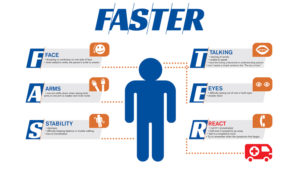 OR
OR